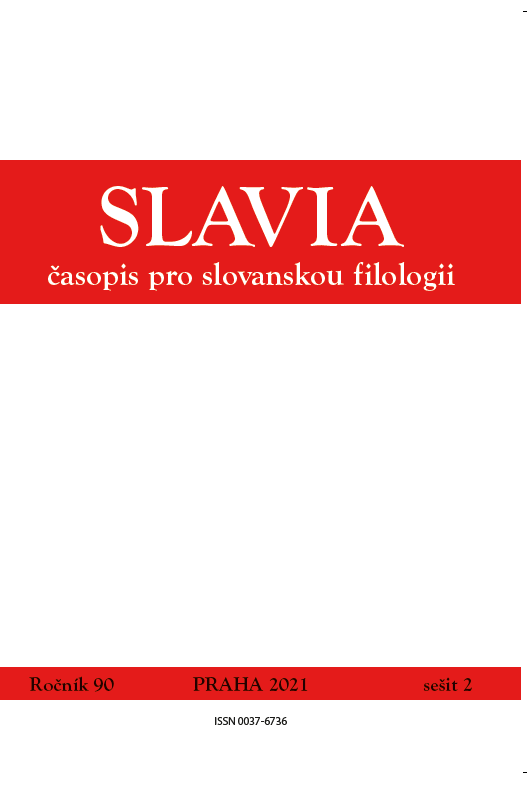О контрафактических дебитивных конструкциях в славянских языках
On the Counterfactual Debitive Constructions in Slavic Languages
Author(s): Ljudmila PopovićSubject(s): Western Slavic Languages, Eastern Slavic Languages, South Slavic Languages
Published by: AV ČR - Akademie věd České republiky - Slovanský ústav and Euroslavica
Keywords: the construction to be + infinitive; deontic modality; counterfactuality; Serbian; Polish; Ukrainian; Old East Slavic
Summary/Abstract: The article deals with the construction to be + infinitive found in many dialects of the Serbian language, as well as in spoken Polish and Ukrainian. Analysis of Serbian structures, such as bio/bilo raditi; bijaše učiti etc., which are very widespread throughout Serbia and more diverse in form, compared to Polish and Ukrainian analogical constructions (było powiedzieć, bulo pity), occupies a central place in the article. By a detailed analysis of numerous examples of the infinitive construction and its comparison with other similar structures, it was established that we are talking about a special type of counterfactual structure used in Serbian dialects to express retrospective deontic modality. The difference between the Serbian constructions, containing both the impersonal and the personal form of the verb biti, is explained by different subtypes of this modality, which can be participant-internal and participant-external oriented. Comparison of Serbian examples with similar Polish and Ukrainian ones, as well as with examples from the Old East Slavic, shows that we are talking about a special pan-Slavic construction that was suppressed over time to the periphery of the grammatical structure of Slavic languages. In the second part of the article, a hypothesis about the origin of the construction is presented, the debitive meaning of which can be derived from the modal use of the verb to be, and it’s counterfactuality is connected with a “retrospective shift”.
Journal: Slavia - časopis pro slovanskou filologii
- Issue Year: XC/2021
- Issue No: 2
- Page Range: 159-181
- Page Count: 23
- Language: Russian

